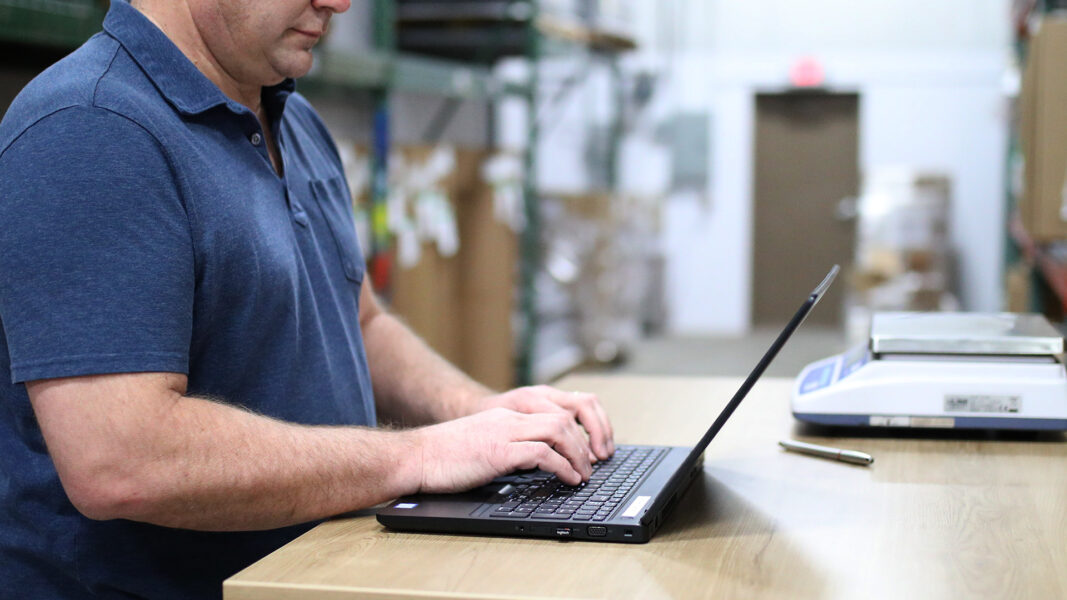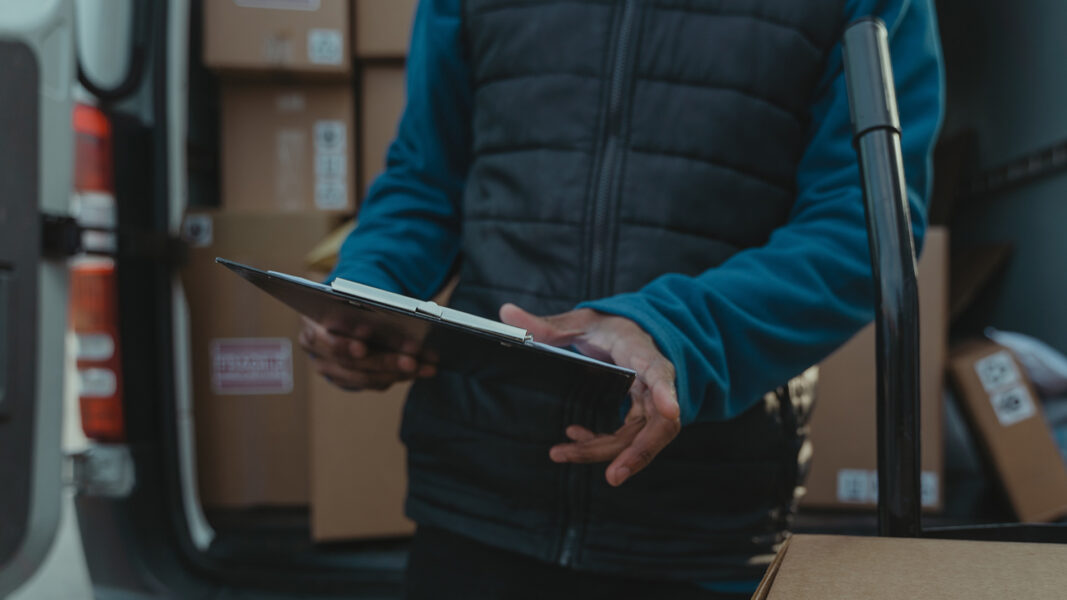Don't run out of stock in Q4
October 2022
by Cindy Flores
Logistics Tips to Stay in Stock this Holiday Season
If you’re one of the nearly 2 million businesses selling on Amazon, you know there is nothing more stressful than running out of stock in Q4.
One of the busiest – if not the busiest – selling periods on Amazon, is Q4. This is prime time for seeing your well managed and popular listings take off! Staying in stock will be crucial to making this holiday season a success.
Here’s a quick inventory prep guide for staying in stock in Q4!

What is Q4?
Officially, it’s the months from October through December, and one of the biggest sales periods for every retailer, not just Amazon. Between Black Friday, prepping for the holidays, and a ton of sales events, Q4 brings a lot of challenges and opportunities for Amazon and eCommerce sellers. Staying in stock can be one of the major difficulties for those who haven’t prepared for the rush, especially in today’s post COVID world. Added to the pressure Amazon is launching their second Prime Day event, which will officially take place Oct 11-12.
What happens to your Amazon listing if you run out of stock?
First, let’s have a quick overview of how Amazon works.
Think of Amazon’s marketplace as a trade show. There are thousands of exhibitors selling products for nearly every conceivable client – and like a trade-show, some of those products are likely ones you sell as well. Setting your booth up in a corner with no advertising will probably not push your products very well, so you really need to give it everything you’ve got to rank and get noticed.
Having a great product that people like and creates its own demand is only half the battle. Actually meeting the demand (staying in stock) is the other half which comes with great reward, higher Amazon rankings! The higher your rankings the more the algorithm will push your listing in your product category. That being said, independent of your ranking, running out of stock can be a death sentence for your listing. Let’s say you’ve made it, your all in one dog grooming kit is #1… but your container is stuck at port and won’t make it into the proper fulfillment centers till January! Looks like your listing will be taking a hit with that dreaded red “out of stock” sticker plastered on it.
Consequently, running out of stock means Amazon will drop your ranking. Amazon’s algorithm will stop pushing your listing onto the main page. Though you can attempt to recover when your product is back in stock, you will need to spend a lot of extra money on PPC to get it back to its original ranking and in some cases it may never be the same again.
Many sellers have hurdles with their supply chain year round, but Q4 is its own beast and there are many ways to prepare depending on where your product is coming from.
1. My product is overseas
If your product is overseas, you’ll need to put in a little more effort in the beginning to ensure you don’t run out of stock.
First and foremost: You’ll need to have your supplier pre-label your products with a trustworthy UPC code that you provide, or an FNSKU provided by Amazon. Speaking of labels, an FBA Carton label is also a must for all your boxes before leaving your supplier. That’ll speed up the process once your product arrives at Amazon fulfillment centers.
Once your product is prepped and ready to leave the country, you need to have it shipped.

Here are your three options:
1. Air shipments. Air shipments are fast and reliable, but very expensive. Selling on Amazon already comes with many service fees, so make sure that shipping via air is worth it for your business.
2. New vessel companies. We like to call these “Mickey Mouse Carriers”. Shipping is a lucrative business to get into; the pandemic really showed us how much – so a lot of newer companies set up shop to try and capitalize on increased demand. Their expertise, tracking and service isn’t always the most reliable, but they are the more affordable option. Do your research and weigh your costs.
3. Regular carriers. These are carriers that have been in business for a long time, and have reputable reputations for keeping their transit days and staying true to schedule. They’re not always the fastest services, but they’re reliable. There are also a few that offer faster shipping, or “Fast Vessels”, such as Matson and EXX.
Regardless of what you pick, make sure you send your shipment to the right port – this is normally determined by Amazon, who’ll look at where your item is coming from, and pick the port where it’s faster to send it to. Normally, this tends to be the West Coast for products made in China, but that’s not a hard rule.
We suggest scheduling your Amazon delivery appointments with your FF (Freight Forwarder), or Drayage company, as soon as you are notified that your container has left the port overseas, not before since delays can occur at any time and you’re only allowed to make more than 2 appointments per FBA ID up to 21 days in advance.
Once your containers arrive at port, you’ll need to coordinate drayage into your Amazon fulfillment center(s). We recommend scheduling your truckers up to 1 week in advance of your estimated time of arrival (ETA), and giving them your DO (delivery order) so they can track your vessel and the terminal to which they will arrive.

2. My product is Domestic
If your product is coming in domestically, you’ll still need to have your products prepped with proper UPC codes, and or FNSKUs, but your transportation options will be a little diff erent;
1. Small partial deliveries (SPD) – This is usually done for smaller shipments, but if you’re shipping large loads, it can be very expensive.
2. Amazon Partnered Carriers – LTL and FTL off ered by Amazon in Seller Central can perform your shipping, however the loads are not Live unloads when they arrive at Amazon fulfillment centers. This option is very economical, but there is a tendency for delays and errors. In Q4 you experience up to 3 weeks in delays. Partnered carriers are also known to show up late and deliver late.
3. Third Party Truckers – This is the best option in Q4 (obviously using a reliable broker or carrier). Make sure your trucker has a valid amazon appointment to deliver. Once they arrive into Amazon, loads are immediately unloaded via live unload. That being said, this is our Q4 recommendation for success!
Conclusion
Q4 can be made simple so long as you prepare with enough time and enough thought. It starts at your supplier with a well prepped product, followed by a carefully selected freight forwarder, and last, a timely scheduled amazon delivery appointment. Do not hesitate to reach out to experts in the end-to-end logistics industry to handle all of these steps for you!
At Tactical Logistic Solutions we are happy to help A through Z.
